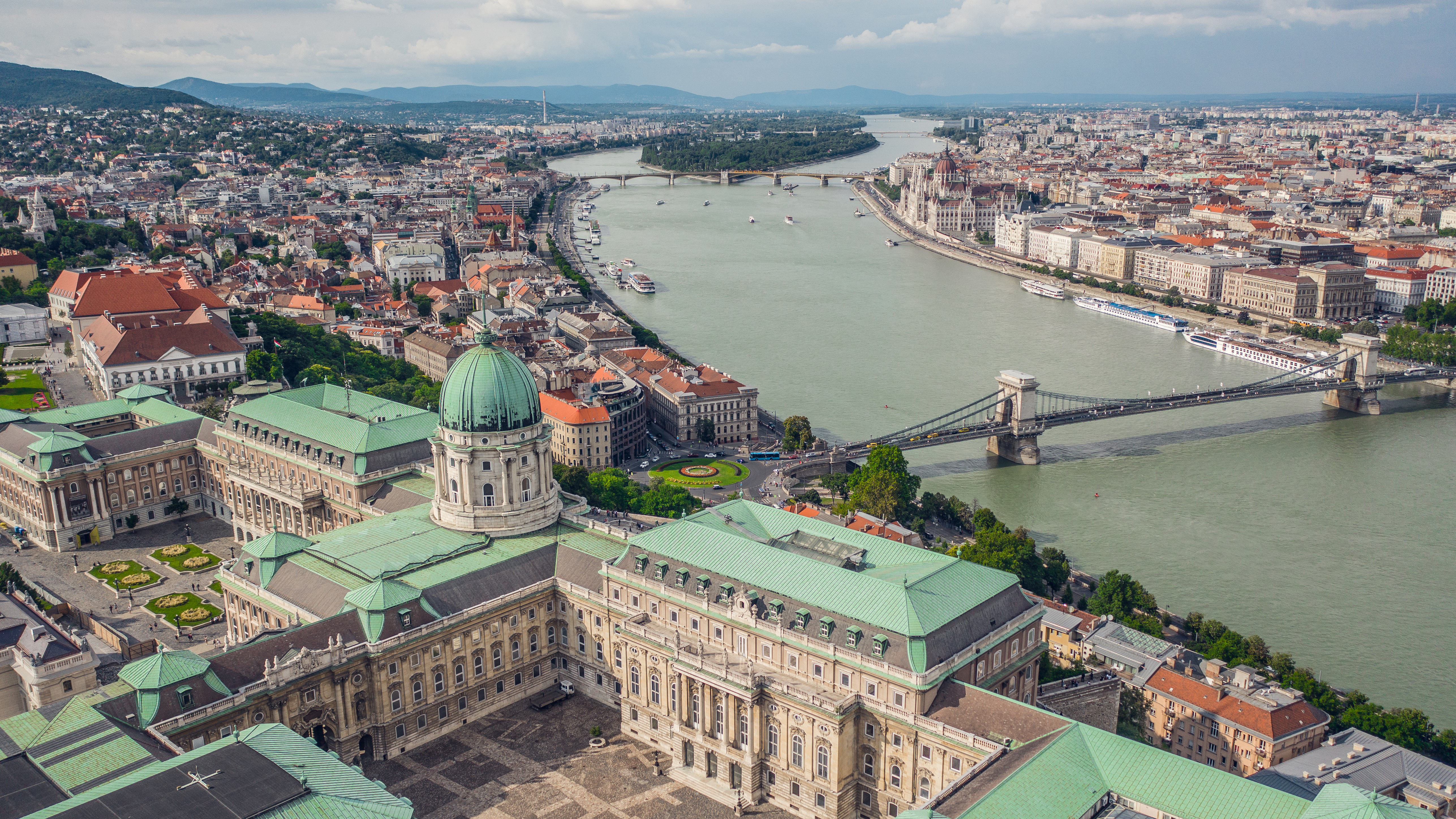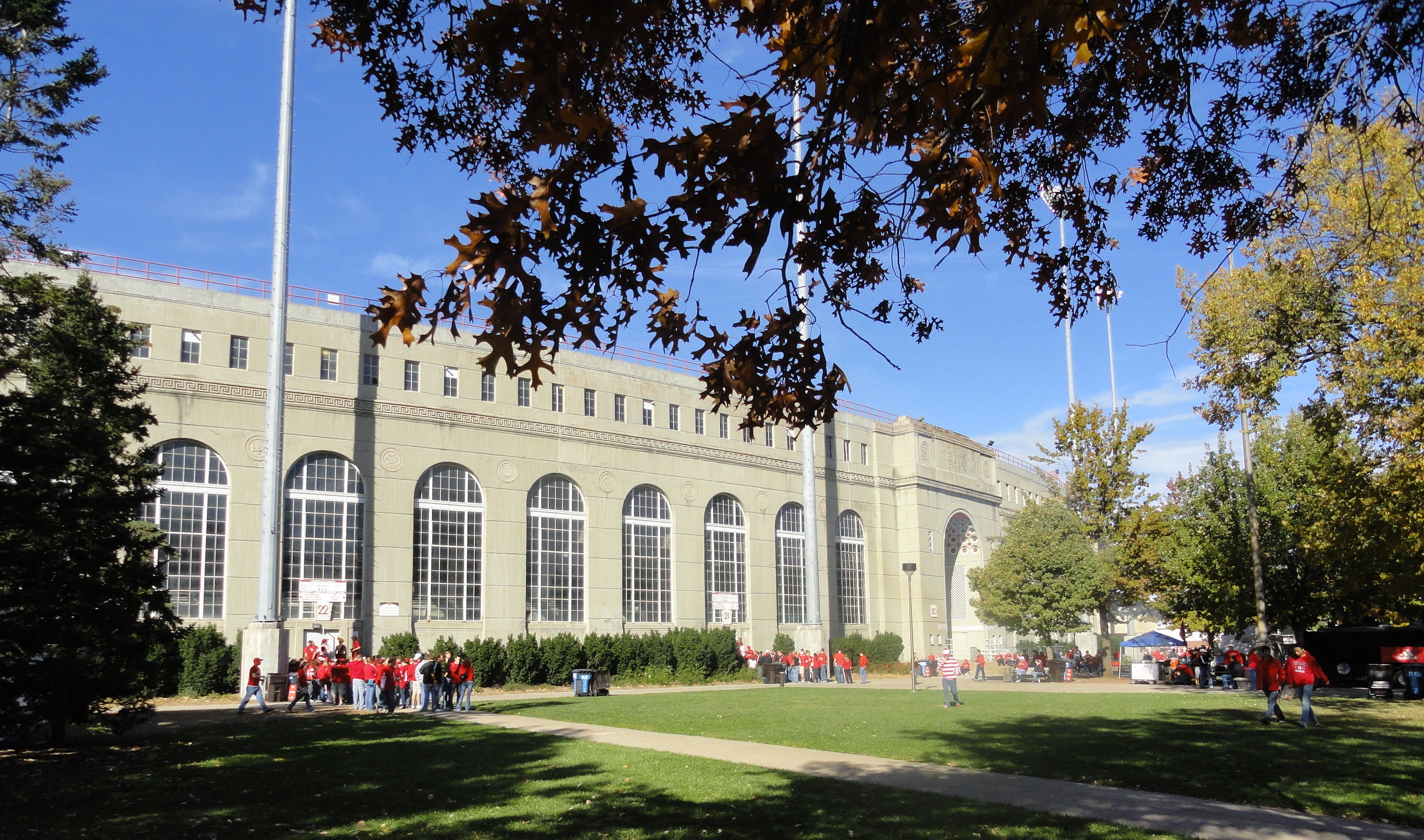11 Colossal Statues Around The World You Had No Idea Existed
Stonehenge stands as an iconic symbol of ancient engineering and mystery, captivating millions with its enigmatic presence and historical significance. However, the world is replete with monumental marvels that eclipse even Stonehenge in their sheer size, artistry, and cultural significance. These colossal statues, scattered across continents, not only showcase the pinnacle of human creativity and ambition but also offer a glimpse into the societies that erected them. This article embarks on a journey to explore 11 such monumental marvels, each with its own unique story, cultural heritage, and architectural ingenuity. From the towering heights of Asia to the artistic intricacies of Europe, these statues are testaments to humanity's enduring desire to immortalize its beliefs, leaders, and deities in stone and metal. As we delve into each marvel, we will uncover the historical contexts, the engineering feats, and the cultural narratives that these statues embody, offering a comprehensive exploration that extends beyond the majesty of Stonehenge.
1. The Great Buddha of Leshan: A Testament to Faith and Engineering
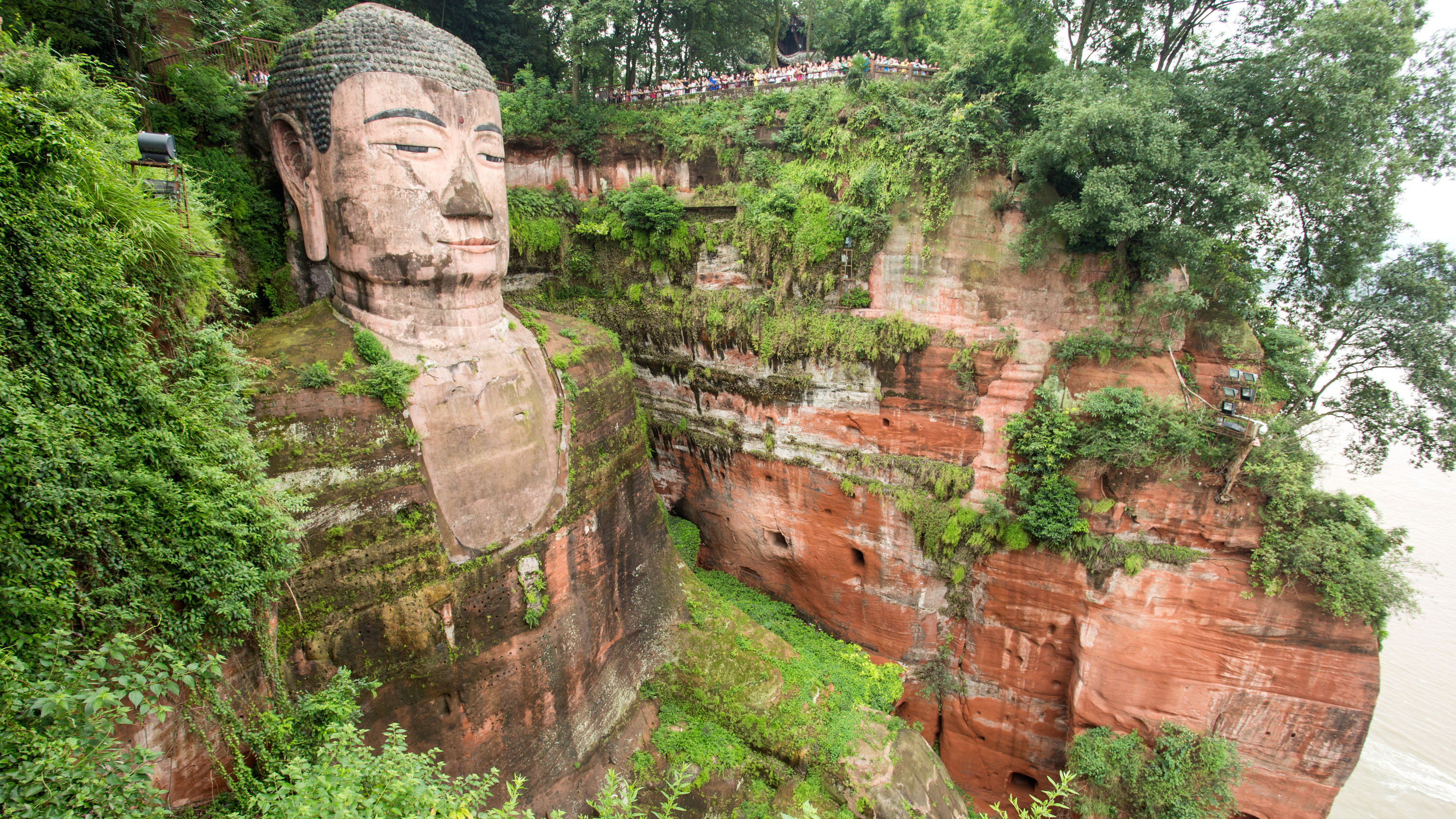
Carved into the cliffs of Mount Emei in China, the Great Buddha of Leshan stands as a monumental testament to Buddhist faith and ancient engineering prowess. This 71-meter tall statue, created during the Tang Dynasty, was designed to calm the turbulent waters of three converging rivers. The construction of this colossal figure was a feat of both religious devotion and technical ingenuity, with a complex drainage system embedded within the statue to prevent erosion. The Great Buddha's serene expression and intricate detailing reflect the profound spiritual significance it holds for millions of Buddhists. This statue not only represents a pinnacle of Buddhist art but also illustrates the harmonious relationship between human creativity and natural landscapes, a theme that resonates with many other monumental sculptures around the world.
2. Christ the Redeemer: A Symbol of Peace and Unity
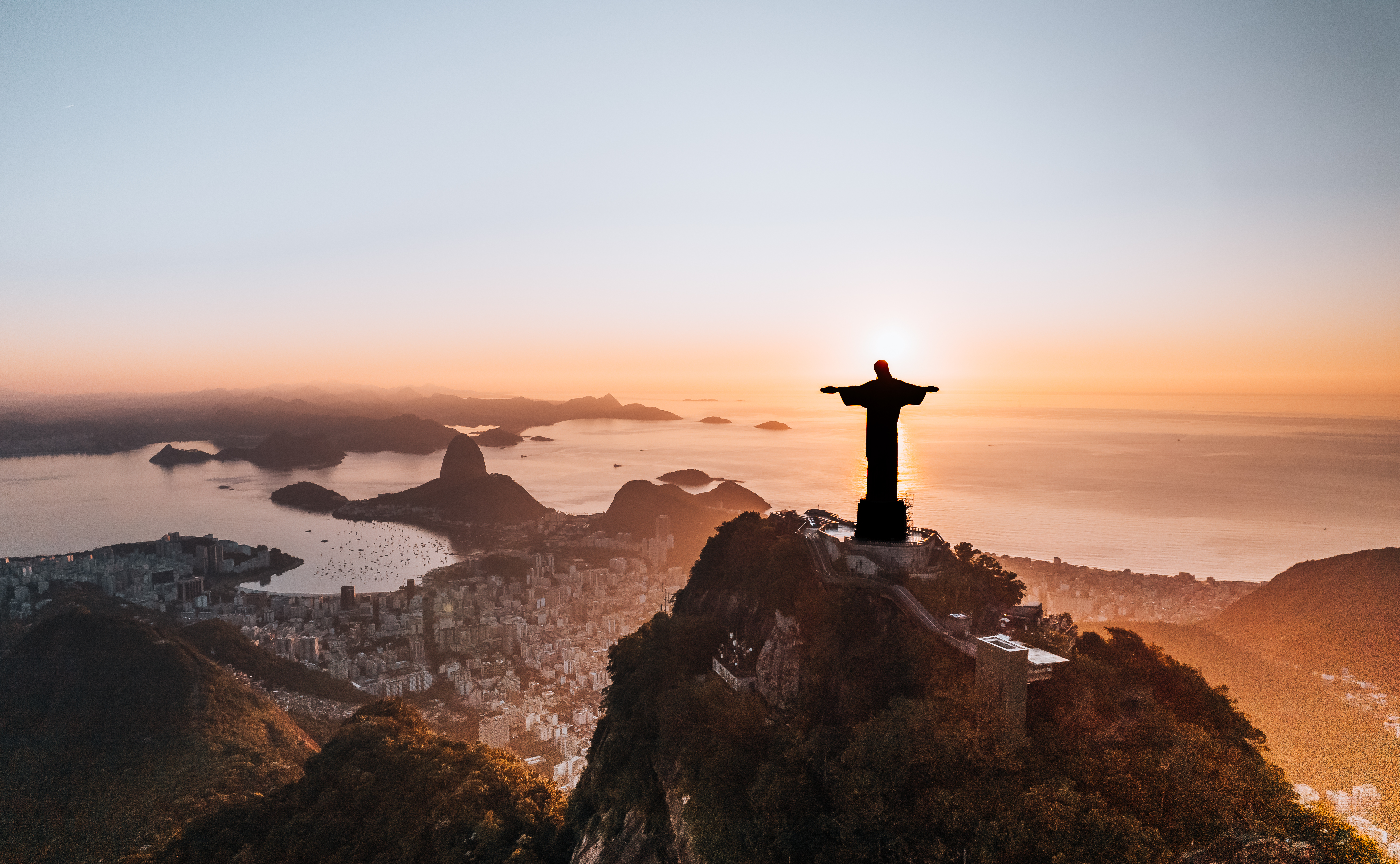
Perched atop the Corcovado Mountain in Rio de Janeiro, Brazil, Christ the Redeemer is an enduring symbol of peace, unity, and Brazilian cultural identity. This 30-meter tall statue, with its outstretched arms spanning 28 meters, was completed in 1931 and has since become one of the most recognized landmarks in the world. Constructed from reinforced concrete and soapstone, the statue's modernist design was a collaborative effort between Brazilian engineer Heitor da Silva Costa and French sculptor Paul Landowski. Christ the Redeemer's location offers panoramic views of Rio, symbolizing a protective embrace over the vibrant city below. Its construction was a significant engineering challenge, requiring innovative techniques to transport materials up the steep mountain. Today, it stands not only as a religious icon but also as a testament to human ingenuity and the power of collaborative creativity.
3. The Statue of Liberty: An Icon of Freedom and Friendship
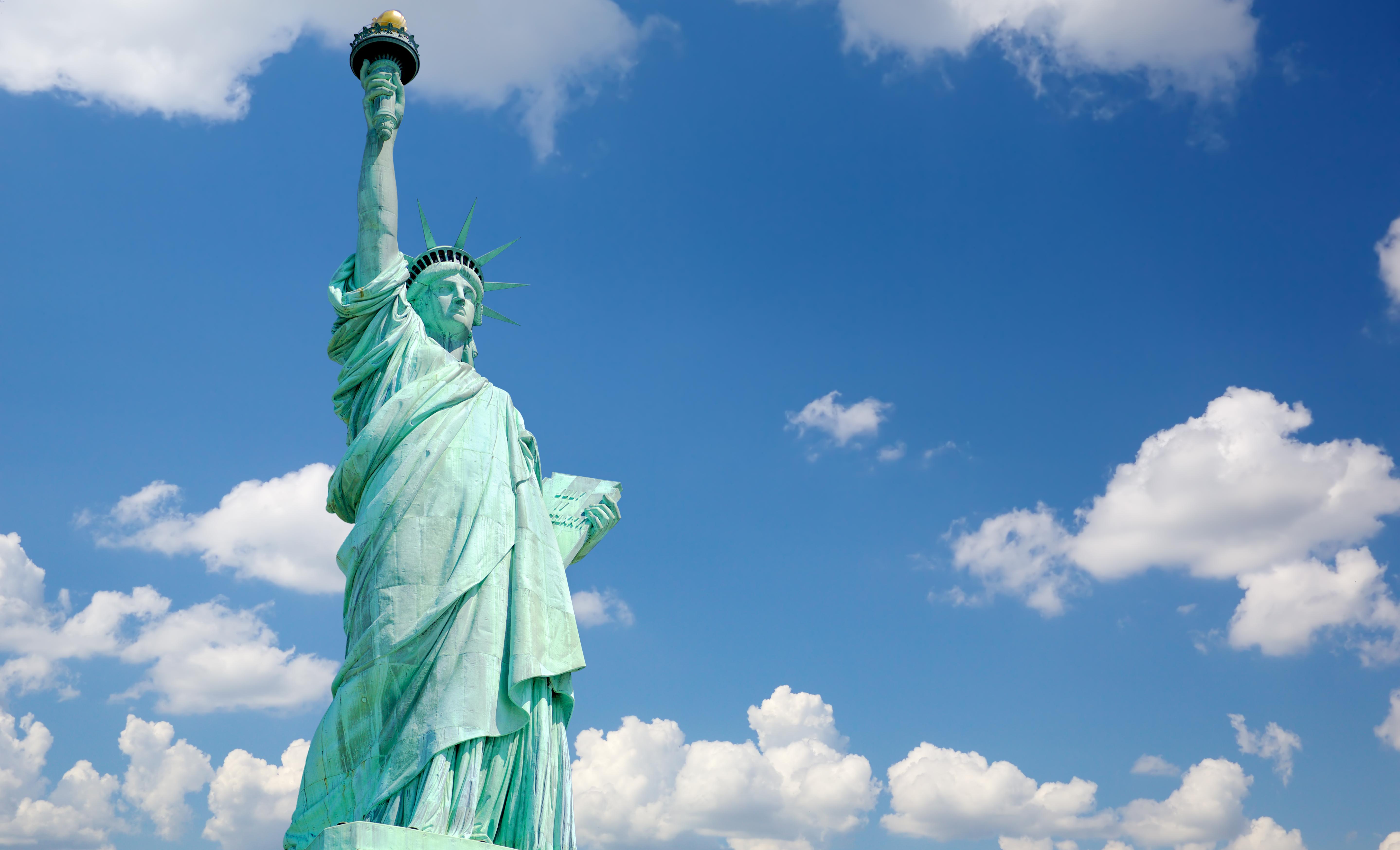
Gifted by France to the United States in 1886, the Statue of Liberty is a universal symbol of freedom, democracy, and international friendship. Standing at 93 meters from base to torch, this colossal neoclassical sculpture was designed by French sculptor Frédéric Auguste Bartholdi and built by Gustave Eiffel. Located on Liberty Island in New York Harbor, the statue greeted millions of immigrants arriving by sea, embodying hope and new beginnings. The Statue of Liberty's construction involved innovative techniques, including the use of copper sheets over an iron framework, allowing for both structural integrity and artistic expression. Beyond its physical grandeur, the statue's symbolic significance has evolved over time, reflecting the changing narratives of immigration, liberty, and human rights. It remains a powerful emblem of the enduring values that unite diverse cultures and nations.
4. The Motherland Calls: A Monument of Soviet Resolve
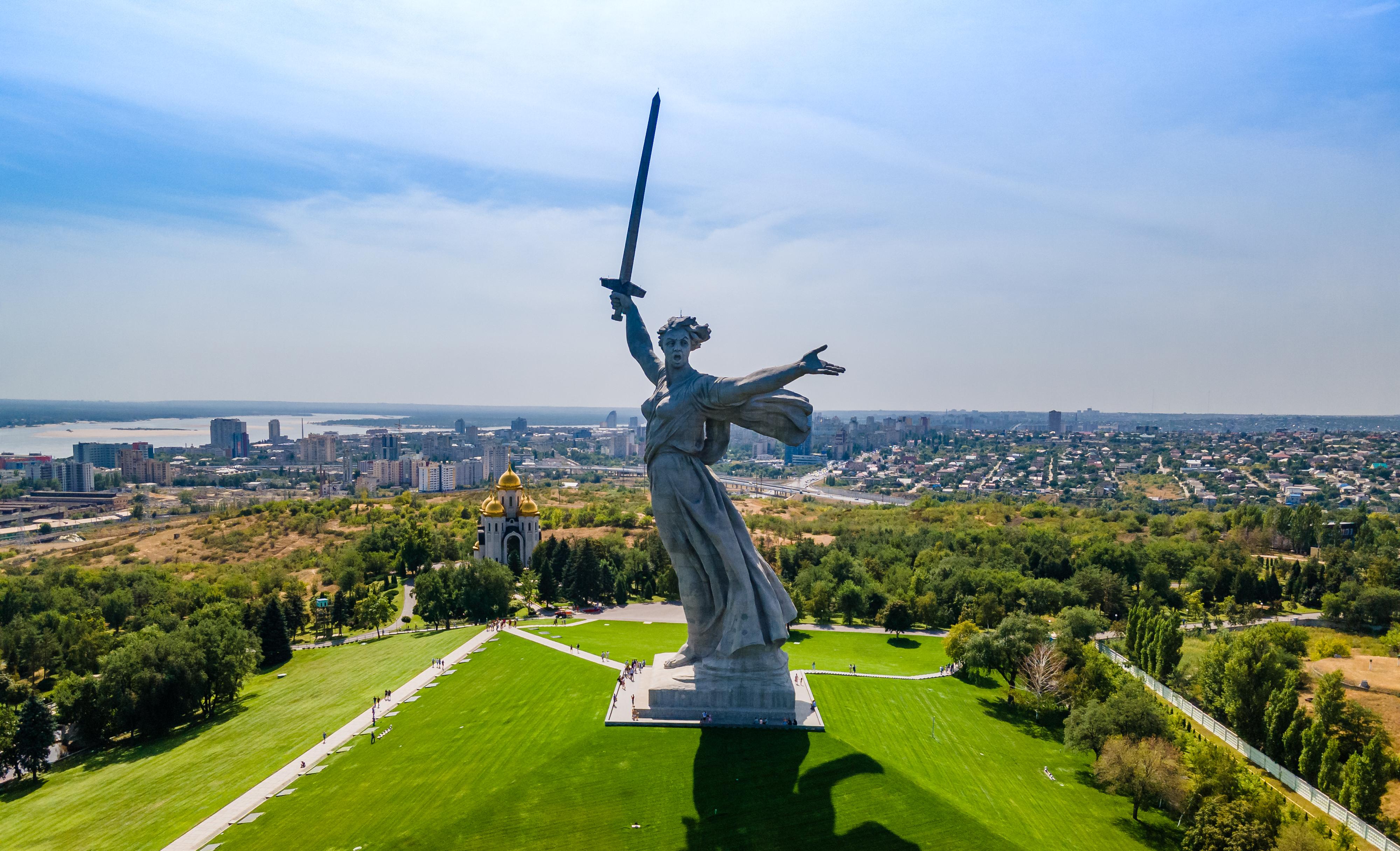
Towering over the city of Volgograd, Russia, The Motherland Calls is a monumental statue commemorating the Battle of Stalingrad, a pivotal event in World War II. At 85 meters tall, this statue was the world's tallest when completed in 1967 and remains a powerful symbol of Soviet resolve and sacrifice. Designed by sculptor Yevgeny Vuchetich and engineer Nikolai Nikitin, the statue depicts a woman with a raised sword, embodying the call to arms and the defense of the motherland. The construction of The Motherland Calls was a complex engineering feat, requiring innovative solutions to support its massive weight on a relatively small base. Its dramatic pose and imposing presence capture the emotional intensity of the battle it commemorates, serving as a reminder of the resilience and courage of those who fought. This statue, like many others, illustrates the profound impact of monumental art in shaping national identity and collective memory.
5. The Great Buddha of Kamakura: Serenity in Bronze
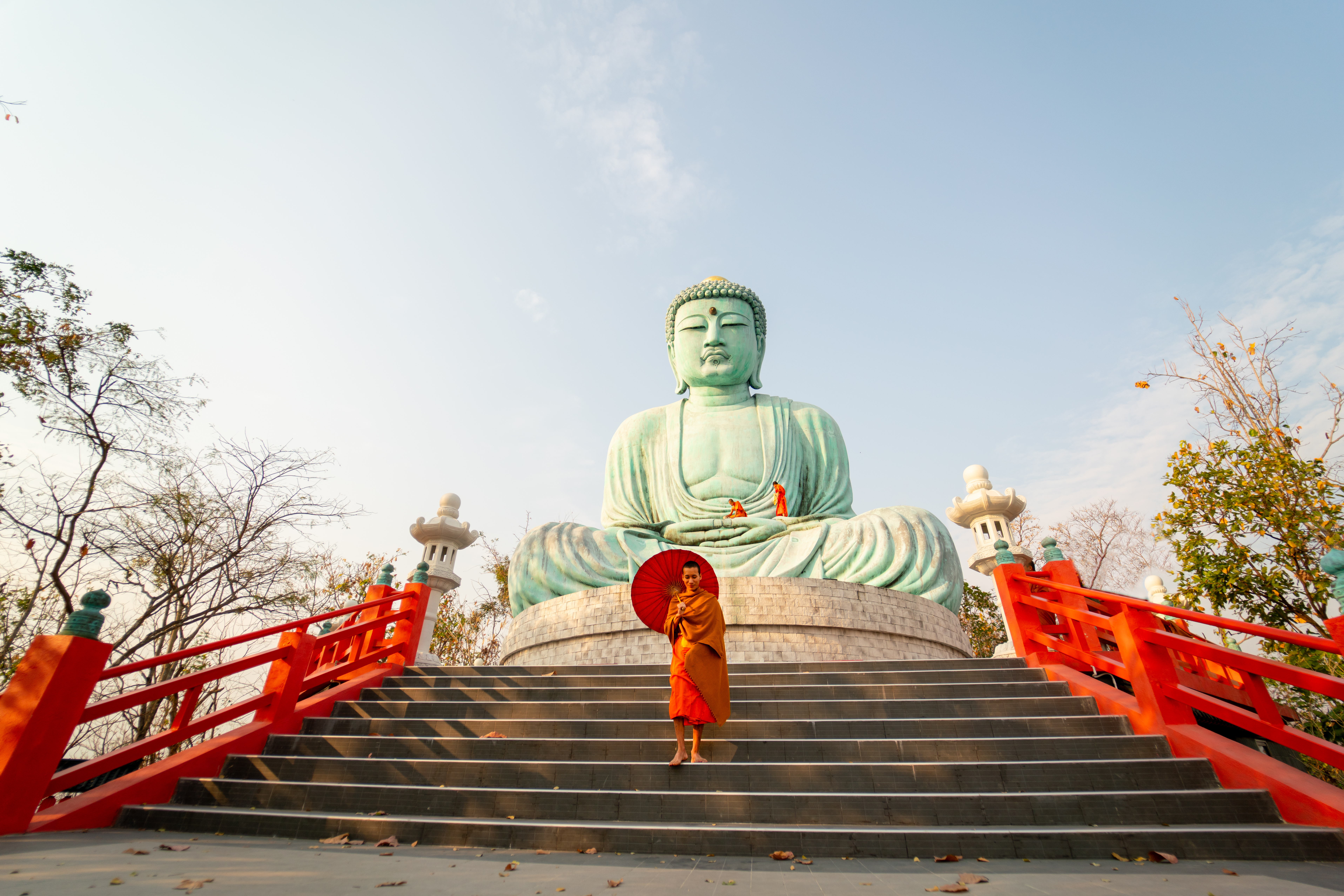
Nestled within the grounds of Kotoku-in Temple in Kamakura, Japan, the Great Buddha—known as Daibutsu—stands as a timeless symbol of spiritual calm and enduring craftsmanship. Cast in bronze in the mid-13th century, this majestic statue of Amitabha Buddha reaches a height of 13.35 meters and weighs approximately 93 tons. What it lacks in towering scale compared to modern giants, it makes up for in historical and cultural resonance. Originally housed in a large wooden hall destroyed by typhoons and tsunamis, the statue has stood under open sky for centuries, weathering both natural disasters and the passage of time. The Great Buddha’s contemplative expression and graceful proportions reflect the refinement of Kamakura-period Buddhist art and embody the spiritual ideals of tranquility and enlightenment. The statue's hollow interior is open to the public, allowing visitors to step inside and marvel at the intricate casting techniques used nearly 800 years ago. Surrounded by lush greenery and imbued with a profound sense of peace, the Daibutsu at Kotoku-in is more than a religious monument—it is a living testament to Japan’s enduring Buddhist heritage and the meditative beauty of monumental art in harmony with nature.
6. The Spring Temple Buddha: A Colossal Tribute to Compassion
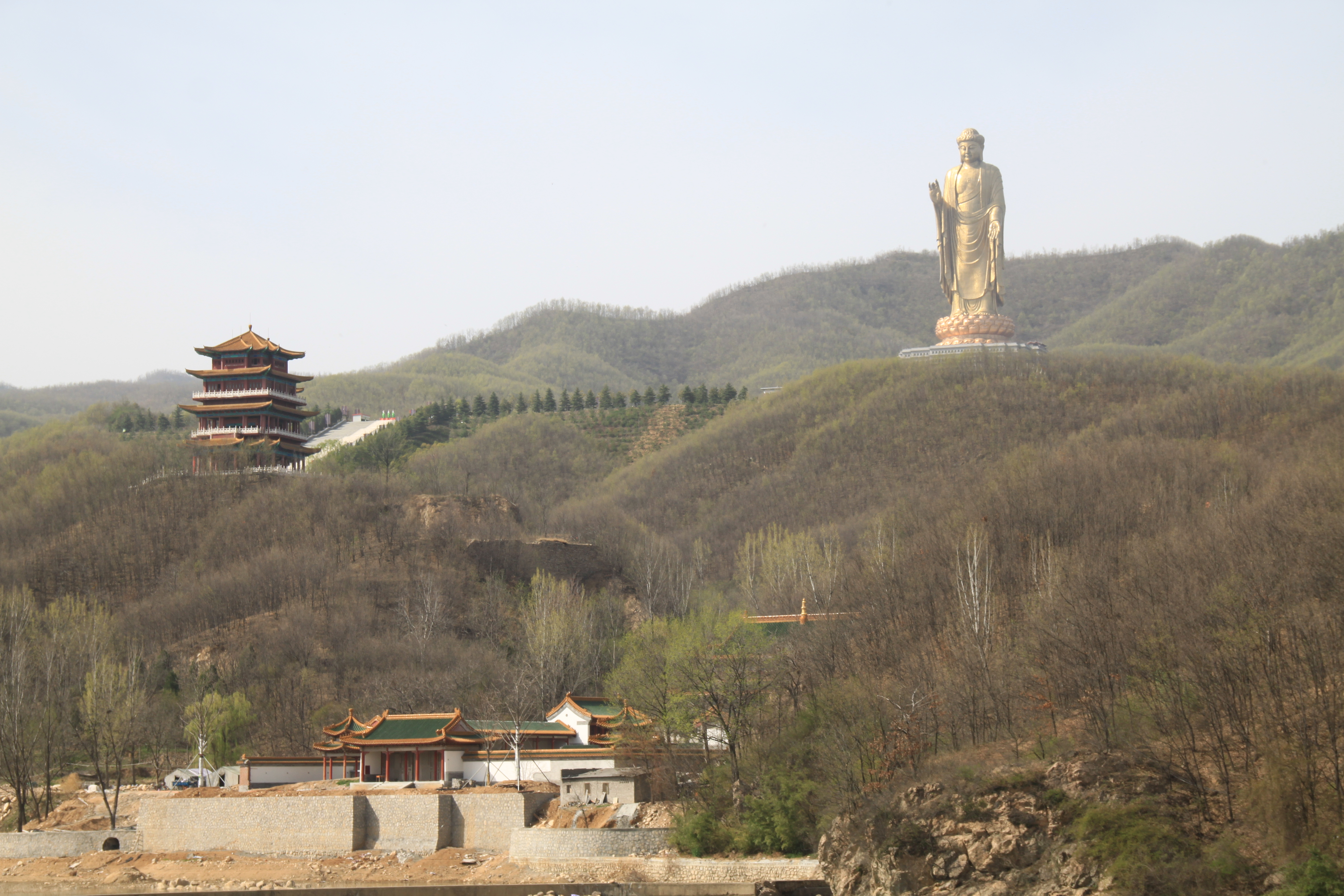
Located in the Zhaocun township of China, the Spring Temple Buddha is a colossal tribute to the Buddhist principle of compassion. Standing at 128 meters, this statue is the tallest in the world, representing Vairocana Buddha. Completed in 2008, the statue is part of a larger complex that includes a monastery and a series of terraces, symbolizing the path to enlightenment. The construction of the Spring Temple Buddha was a monumental undertaking, requiring extensive resources and cutting-edge engineering techniques. The statue's serene expression and intricate detailing reflect the spiritual significance it holds for Buddhists worldwide. Its location near the Fodushan Scenic Area enhances its cultural and natural appeal, attracting visitors from around the globe. The Spring Temple Buddha embodies the universal message of compassion and the transformative power of faith, serving as a beacon of hope and inspiration.
7. The Statue of Unity: Celebrating National Integration
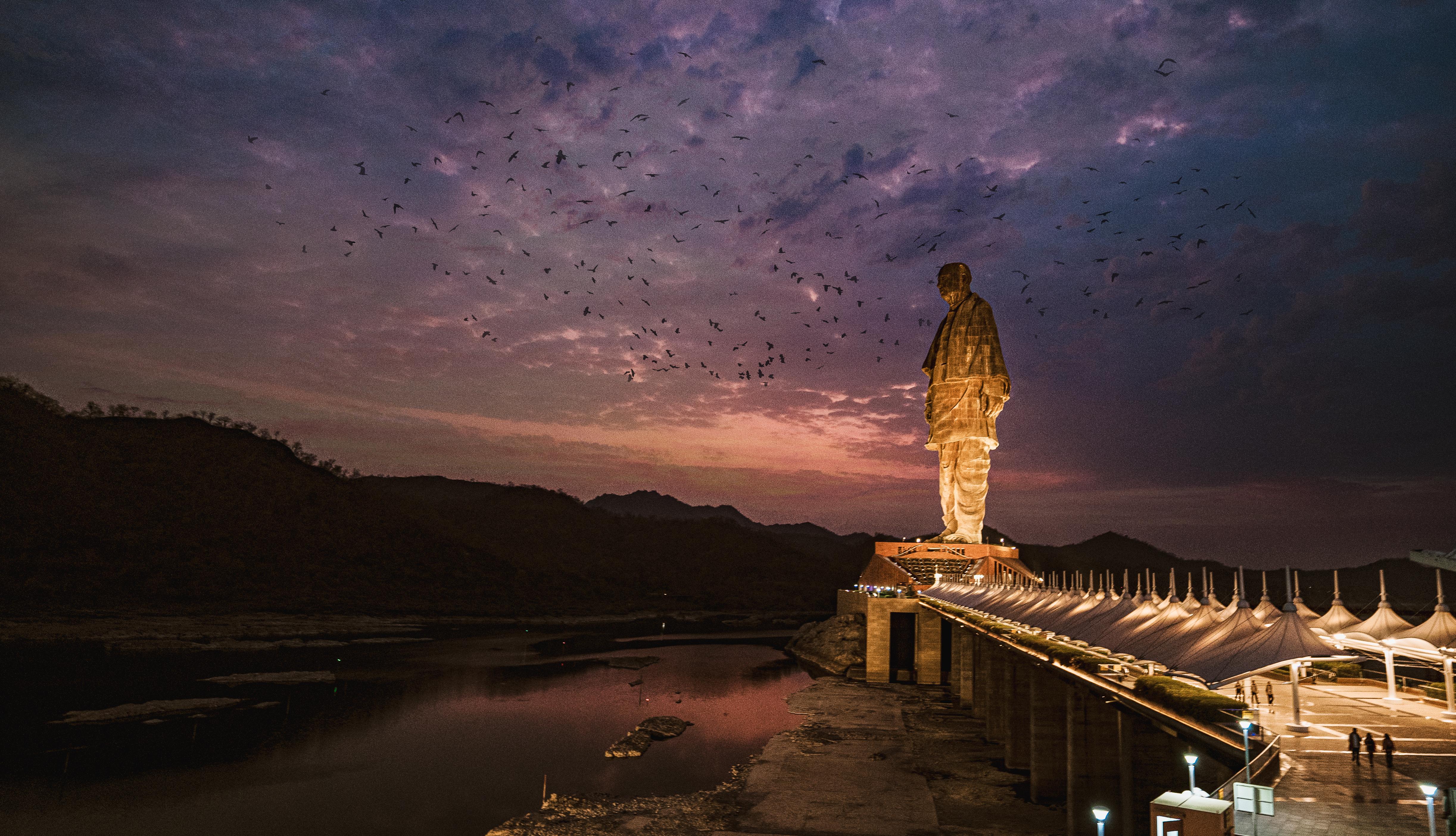
Unveiled in 2018, the Statue of Unity in India is a monumental tribute to Sardar Vallabhbhai Patel, a key figure in India's independence movement and the country's first Deputy Prime Minister. Standing at 182 meters, it is the tallest statue in the world, symbolizing national integration and unity. Designed by Indian sculptor Ram V. Sutar, the statue's construction involved advanced engineering techniques and materials sourced from across India, reflecting the diverse cultural heritage it represents. The statue's location in the Narmada Valley offers breathtaking views of the surrounding landscape, enhancing its symbolic significance. The Statue of Unity not only commemorates Patel's contributions to India's nation-building but also serves as a reminder of the enduring values of unity, strength, and resilience. It stands as a testament to the power of collective action and the importance of preserving cultural heritage for future generations.
8. The Colossi of Memnon: Echoes of Ancient Egypt

The Colossi of Memnon are two massive stone statues that have stood for millennia on the west bank of the Nile River, near Luxor, Egypt. These statues, each standing at 18 meters, depict Pharaoh Amenhotep III and were originally part of a larger mortuary temple complex. Constructed around 1350 BCE, the Colossi of Memnon are remarkable for their size, artistry, and historical significance. Over the centuries, they have become associated with various legends, including the myth of the "singing" statues, which emitted musical sounds at dawn. The Colossi of Memnon reflect the grandeur and sophistication of ancient Egyptian civilization, offering insights into the religious, political, and artistic achievements of the time. These statues, like many others, serve as enduring symbols of the cultural legacy and architectural prowess of ancient societies.
9. The Giant Buddha of Thailand: A Spiritual Landmark
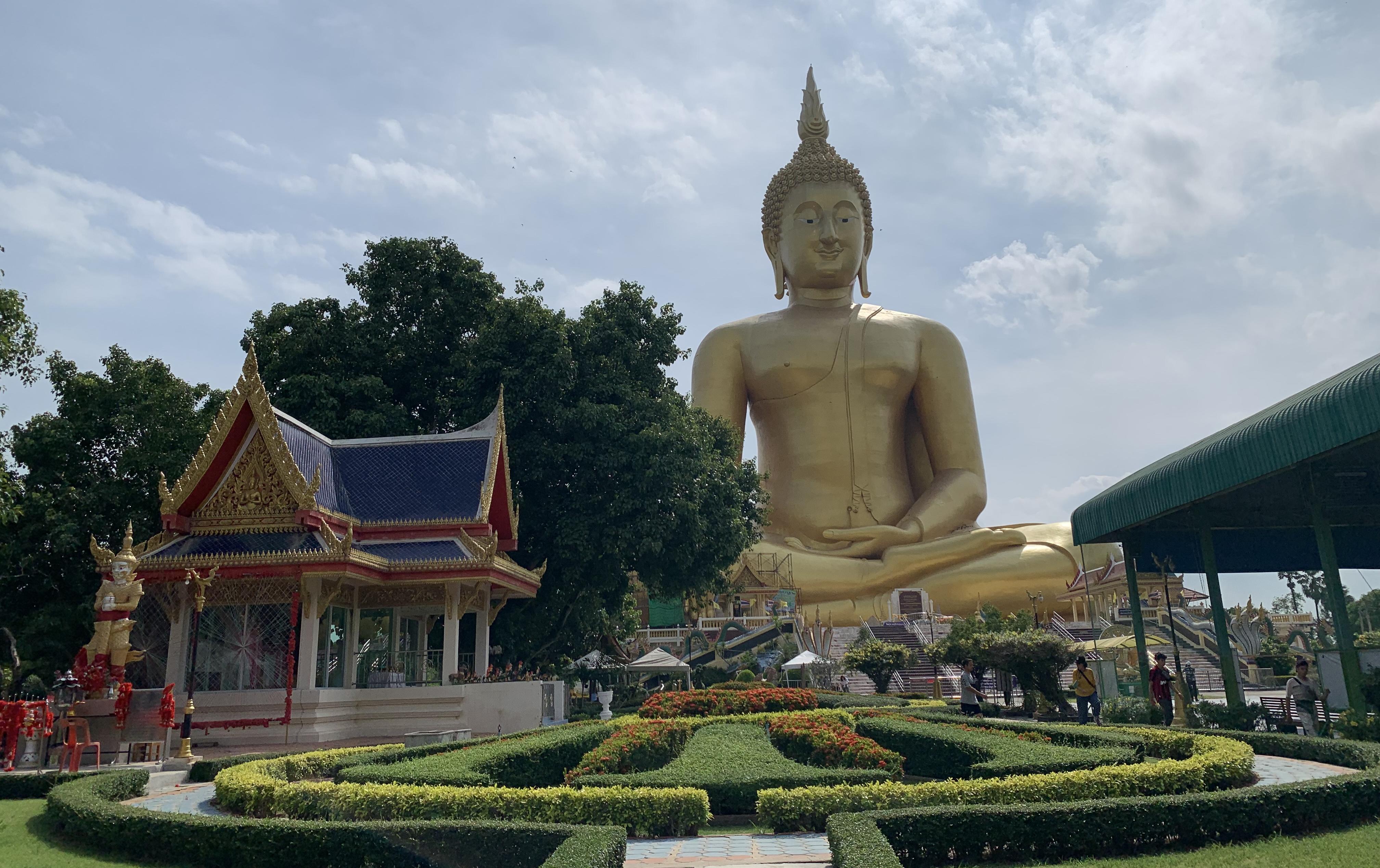
The Giant Buddha, or Phra Buddha Maha Nawamin, in Ang Thong, Thailand, is a monumental statue that stands as a spiritual landmark and a symbol of Thai Buddhism. At 92 meters tall, it is one of the largest Buddha statues in the world, representing the Maitreya Buddha. Completed in 2008, the statue's construction involved a combination of traditional and modern techniques, with a steel framework supporting a concrete exterior. The Giant Buddha's serene expression and golden hue reflect the spiritual significance it holds for Buddhists and visitors alike. Its location in the Wat Muang temple complex offers a tranquil setting for meditation and reflection, enhancing its cultural and religious appeal. The Giant Buddha exemplifies the enduring influence of Buddhist teachings in Thailand and the importance of monumental art in expressing spiritual beliefs and values.
10. The African Renaissance Monument: A Vision of Progress

The African Renaissance Monument in Dakar, Senegal, is a striking symbol of Africa's progress and aspirations for the future. Standing at 49 meters, this bronze statue depicts a man, woman, and child reaching towards the sky, embodying the continent's hopes for unity, development, and renewal. Unveiled in 2010, the monument was designed by Senegalese architect Pierre Goudiaby Atepa and constructed by North Korean artisans. Its creation was a significant engineering challenge, requiring innovative techniques to achieve its dynamic pose and intricate detailing. The African Renaissance Monument has sparked both admiration and controversy, reflecting the complexities of post-colonial identity and the challenges of nation-building. It stands as a testament to the resilience and creativity of the African people, offering a powerful vision of a brighter future.
11. The Golden Buddha of Dambulla: A Radiant Symbol of Enlightenment
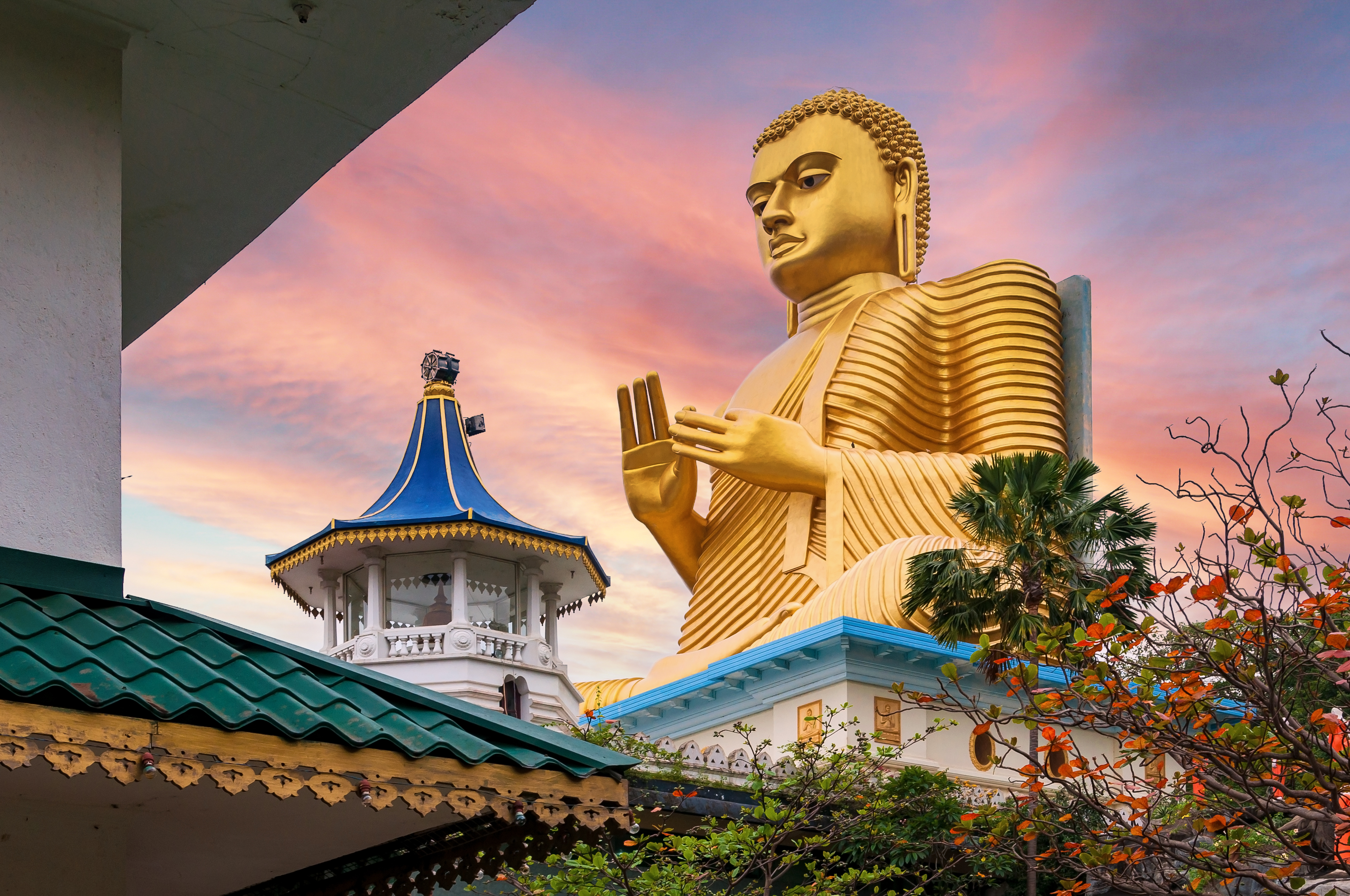
Located in the ancient Dambulla Cave Temple complex in Sri Lanka, the Golden Buddha statue stands as a magnificent testament to both religious devotion and artistic mastery. Erected in 2000, this 27-meter-tall statue is one of the largest of its kind in Sri Lanka and is encrusted in a dazzling golden layer, which gives it its radiant, otherworldly appearance. The statue is a representation of the Buddha in a meditative pose, symbolizing serenity, wisdom, and compassion—the core teachings of Buddhism. Dambulla Temple itself is a site of profound historical significance, with cave shrines dating back to the 1st century BCE. The Golden Buddha statue, towering above the complex, overlooks the surrounding landscape and reflects the region's rich Buddhist heritage. The temple complex houses hundreds of other statues, frescoes, and cave paintings that depict the life of the Buddha, offering visitors an immersive experience into Sri Lanka's spiritual and artistic traditions. As a symbol of peace, the Golden Buddha not only draws pilgrims seeking spiritual solace but also visitors fascinated by its visual splendor and the architectural ingenuity that brought it to life. The statue’s golden exterior gleams in the sunlight, offering a breathtaking sight and serving as a reminder of Buddhism’s long-lasting influence in Sri Lanka and its broader cultural and religious landscapes.
The Enduring Legacy of Colossal Statues

As we conclude our journey through these 11 monumental marvels, it becomes evident that colossal statues are more than just feats of engineering and artistry; they are profound expressions of human beliefs, aspirations, and cultural identity. Each statue, whether ancient or modern, tells a unique story of the society that created it, offering insights into the values, challenges, and achievements of different cultures. These monumental figures serve as enduring symbols of humanity's quest for meaning and connection, transcending time and geography. They inspire awe and reflection, reminding us of the power of creativity and the enduring legacy of the human spirit. As we continue to explore and preserve these monumental marvels, we honor the rich tapestry of human history and the shared heritage that unites us all.

